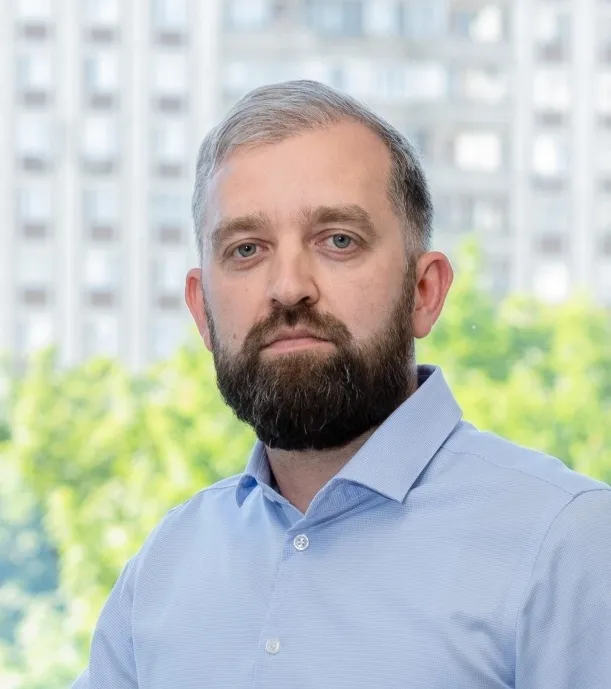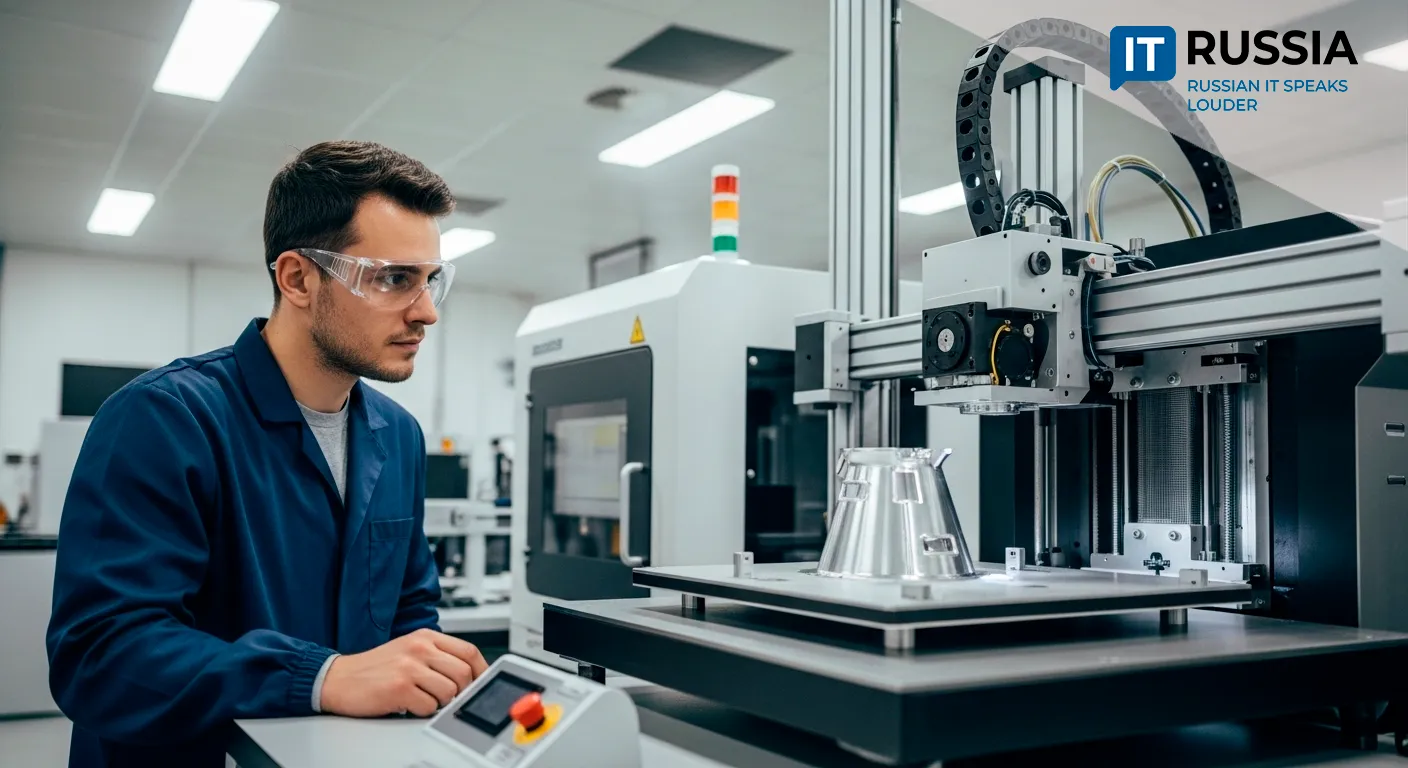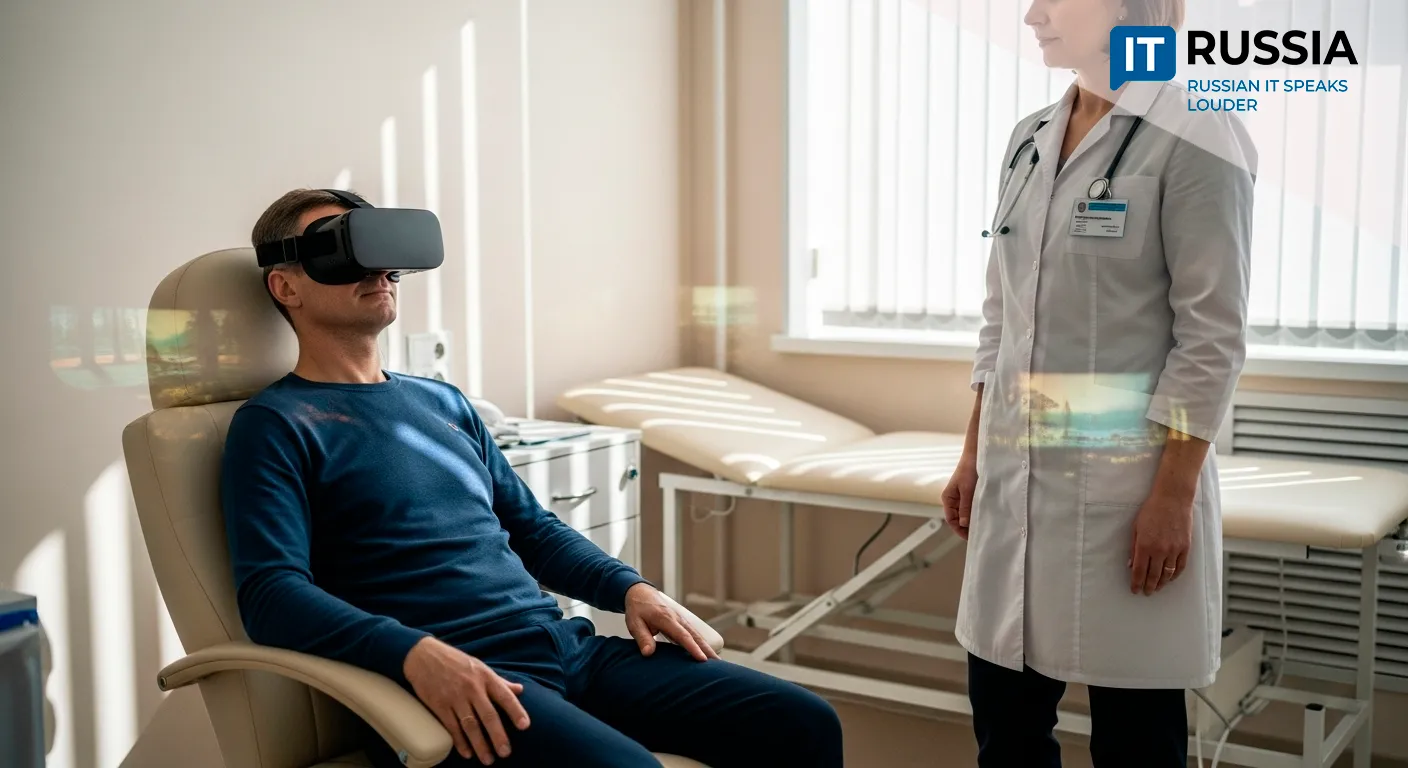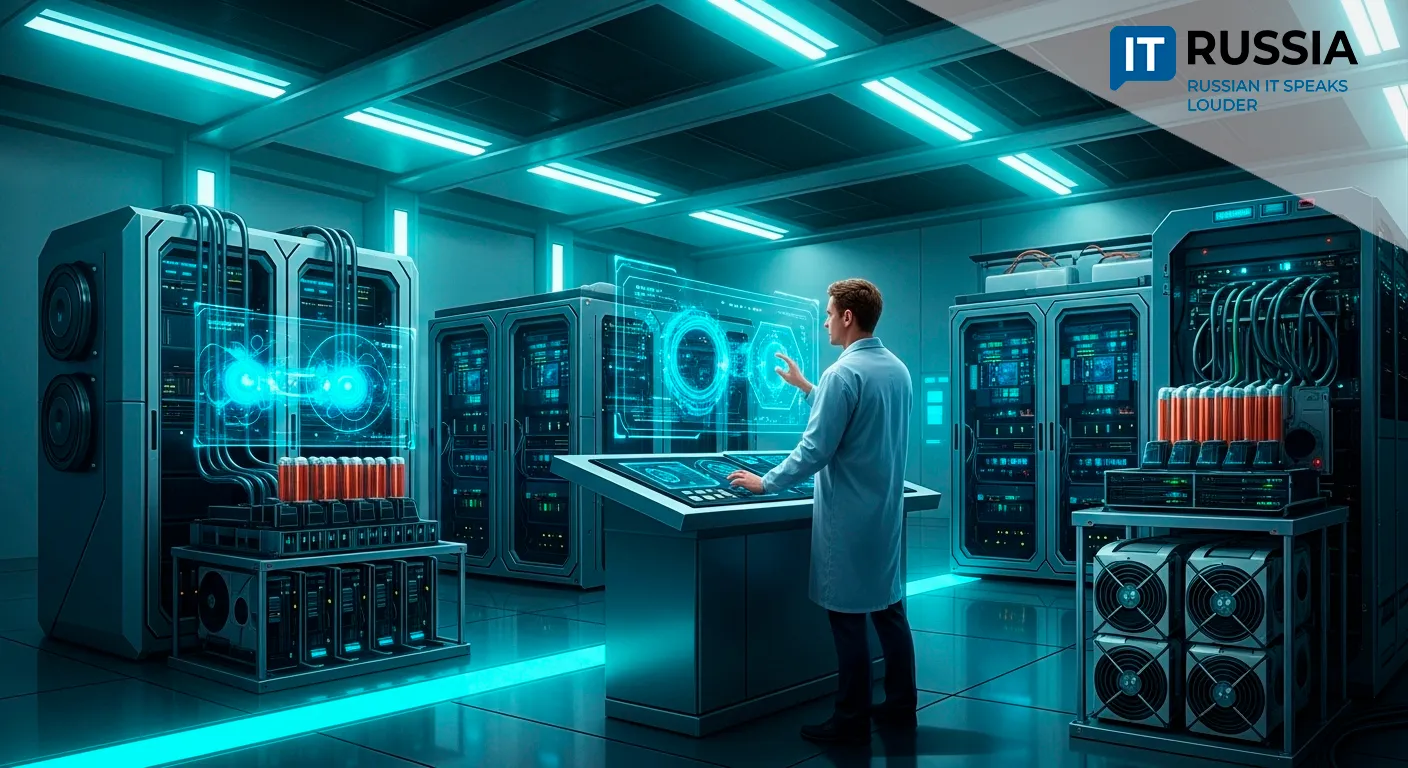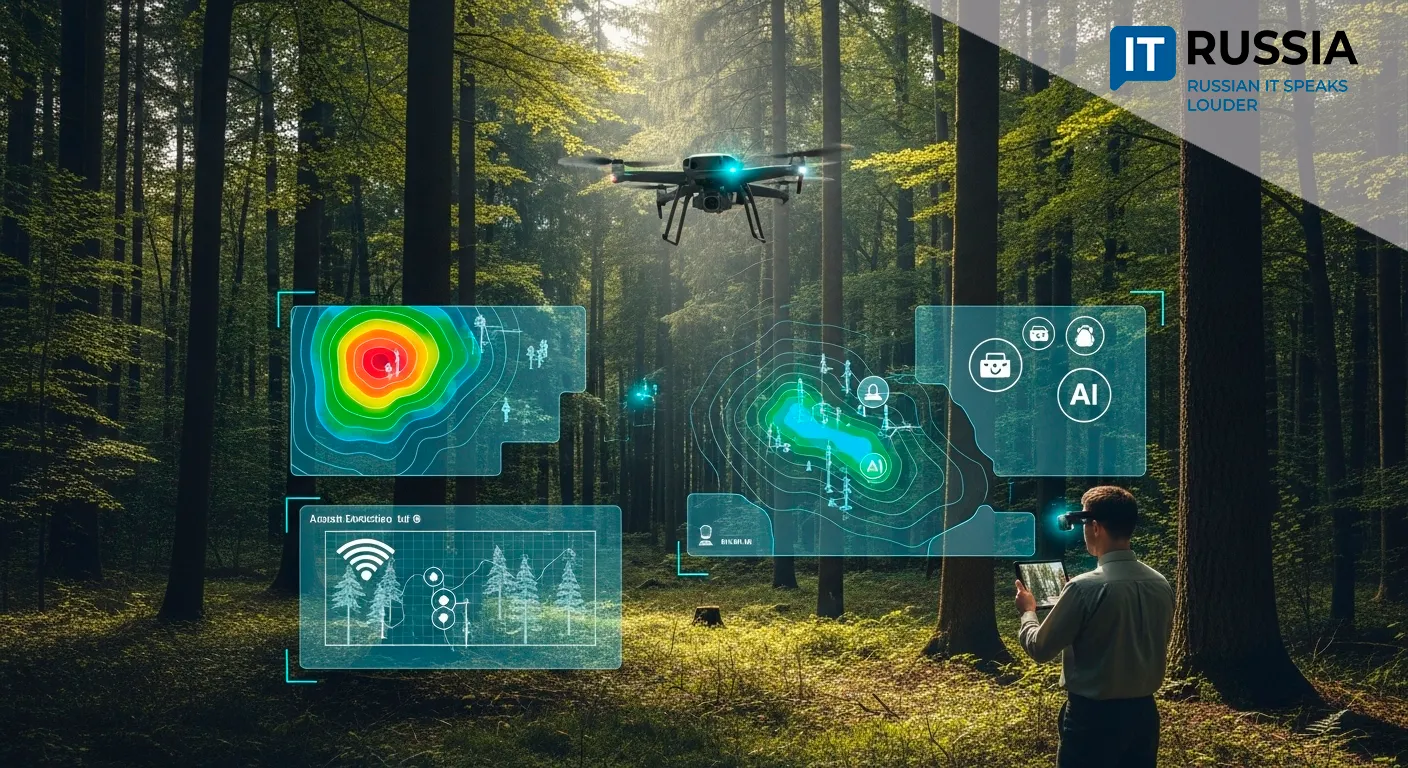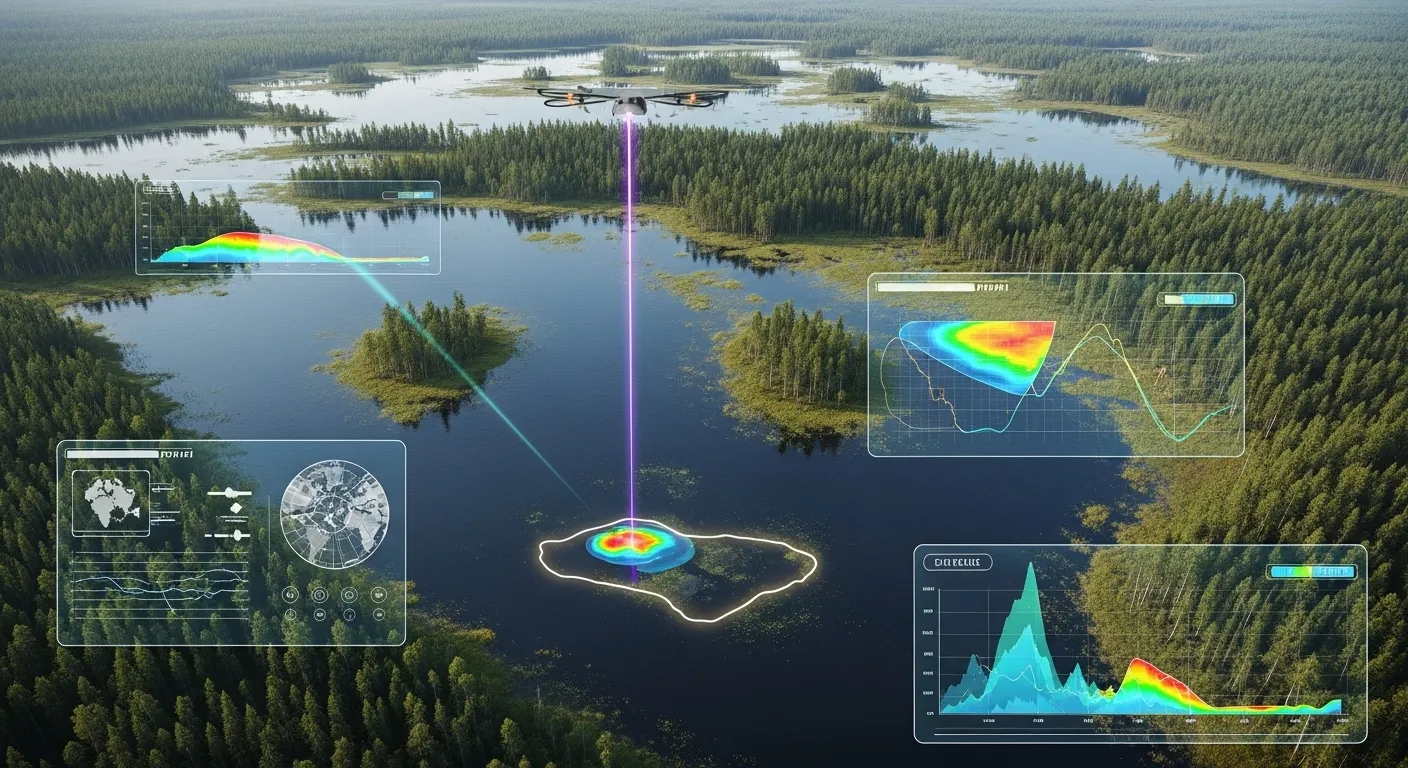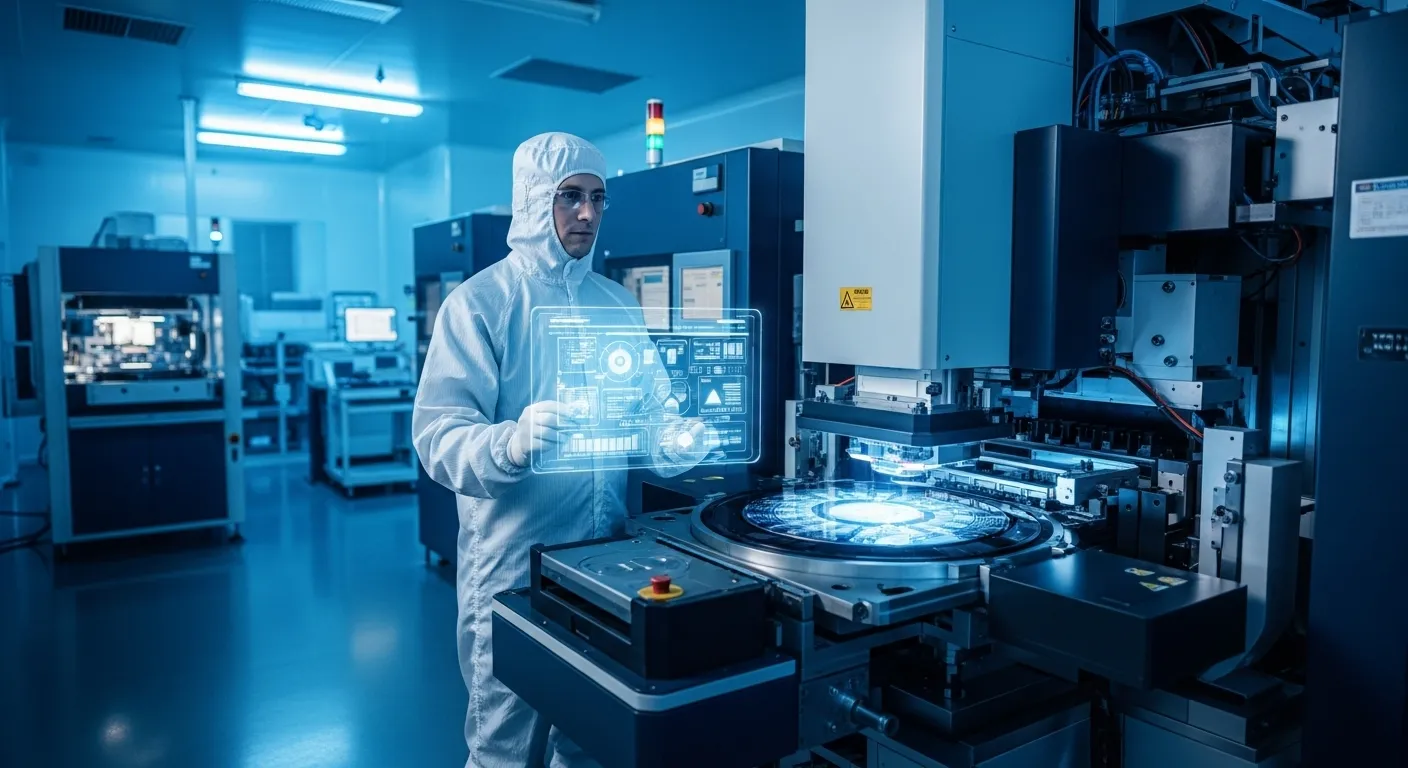Artificial Intelligence Now Supports Reactor Operations at Novovoronezh NPP

A new AI-driven support system deployed at Unit 6 of the Novovoronezh Nuclear Power Plant is enhancing operational safety by forecasting potential anomalies up to 30 minutes in advance — reinforcing Russia’s leadership in digital technologies for the nuclear sector.
AI Prevents Disruptions
State nuclear corporation Rosatom has implemented an AI-based Operator Information Support System (OISS) at Unit 6 of the Novovoronezh NPP. Developed using domestically produced software, the system monitors 360 technological subsystems, performs around 200 interactive procedures, and executes 20 core functions including real-time diagnostics, monitoring, and predictive analytics.
Its main advantage lies in the ability to forecast events 30 minutes in advance, enabling operators to make informed decisions and avoid incidents. This reduces staff workload and significantly cuts the risk of costly unscheduled shutdowns, which can amount to losses equivalent to the monthly electricity consumption of 100,000 households.
The pilot deployment marks the first step in scaling the technology to other nuclear power units within Russia and abroad, reinforcing the country’s global reputation as a provider of cutting-edge digital and nuclear solutions.

Development Outlook
The OISS system with AI functionality offers considerable export potential. Rosatom, one of the world's leading nuclear technology suppliers, plans to propose the solution to international partners, including Egypt (El Dabaa), India (Kudankulam), and Turkey (Akkuyu). The system boosts plant safety and operational efficiency — factors that are critical to new build projects worldwide.
Domestically, OISS is applicable beyond the nuclear industry. In sectors such as oil and gas, metallurgy, and thermal power, predictive analytics can help prevent failures and improve process optimization. These developments support Russia’s digital sovereignty by reducing dependency on foreign software, while also generating high-skilled jobs for IT and engineering professionals.
Integration with digital twins and big data platforms is expected to further enhance OISS capabilities, supporting automation of complex tasks and improving forecast accuracy.

Retrospective
Russia’s digital nuclear transformation began in earnest in 2019, when Rosatom launched an initiative to automate operator processes at NPPs. Between 2022 and 2023, VVER-1200 reactors — including Unit 6 at Novovoronezh — underwent modernization with the addition of passive safety systems, significantly improving reliability.
In 2023, pilot projects tested AI-assistant systems at international sites, highlighting growing interest in such solutions. In 2024, a tech startup, Smart Systems, was launched in Voronezh to develop AI tools for industrial applications — laying the foundation for this year's successful deployment of OISS at Novovoronezh NPP and showcasing the integration of IT and nuclear engineering in Russia.
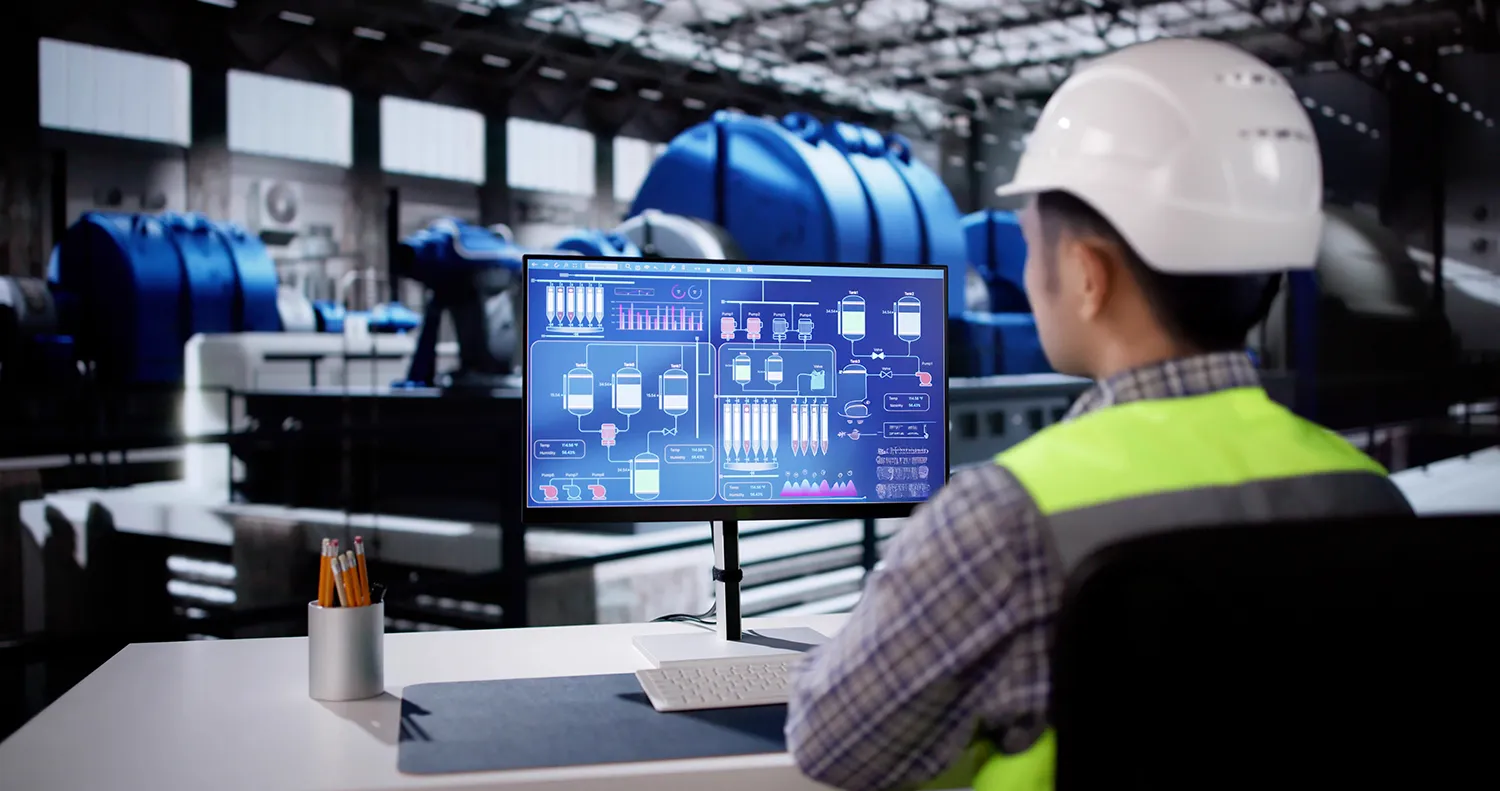
Forecast and Conclusions
The implementation of AI-based OISS at Novovoronezh NPP marks a major step forward in nuclear plant safety and performance. The technology demonstrates the maturity of Russian digital tools and their competitiveness in international markets.
In the next one to two years, Rosatom expects to scale the OISS platform across additional VVER-1200 units in Russia. This will strengthen the nation’s position in the nuclear energy landscape.
Exporting the technology to Rosatom’s partner countries — Egypt, India, and Turkey — will further boost Russia’s standing as a provider of high-tech solutions. In the long term, OISS could become the backbone of a broader Industrial AI platform that spans energy, oil and gas, and heavy industry.


